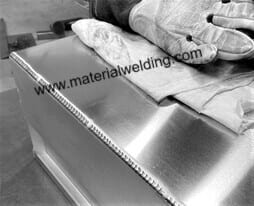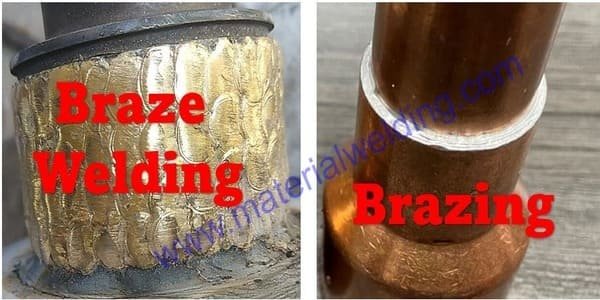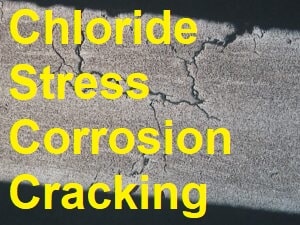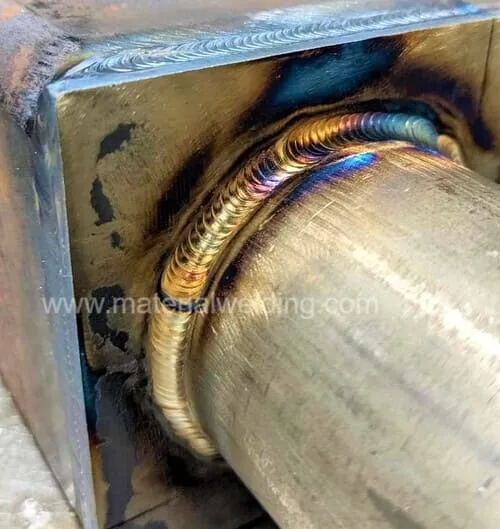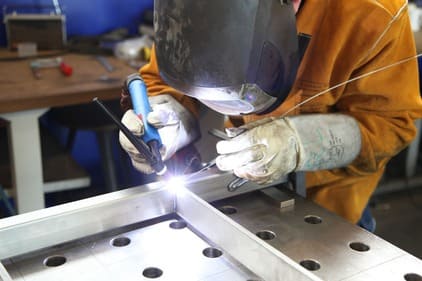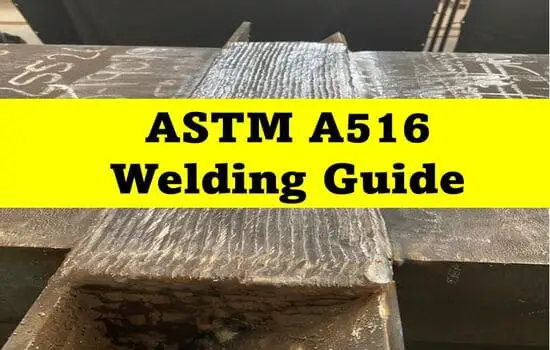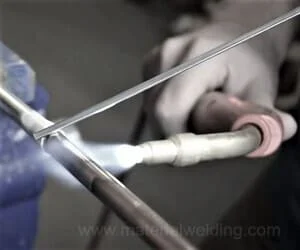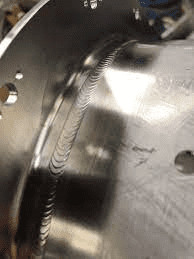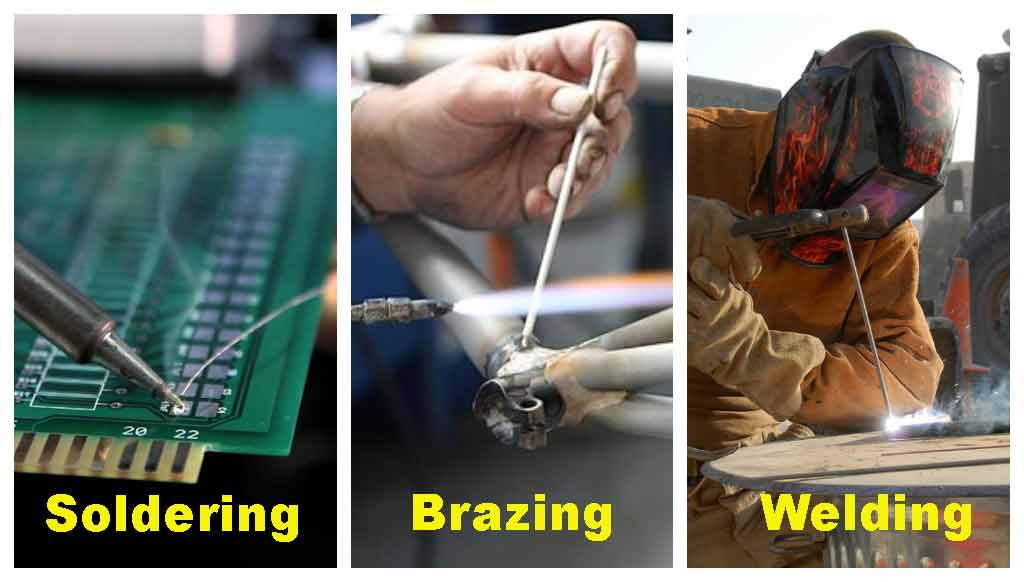Welding Different Types of Metals: Why it Matters?
Welding different types of metals are important because the weld metal can be tailored to produce the best mechanical and chemical properties for a particular application.
The weld metal, which is the material that is melted and joined together, can be made from a variety of metals, alloys, and compositions. When welding two different types of metals together, it is important to choose a weld metal that is compatible with both base metals.
If the weld metal is not compatible with either base metal, it can cause cracking, porosity, and poor weld strength. It is also important to make sure that the welding process you use is compatible with the type of weld metal you are using. Some welding processes work better with certain types of weld metal.
Some welding processes are better suited for certain metals than others. For example, gas tungsten arc welding (GTAW) is often used to weld thin-gauge metals because it produces a very clean and precise weld.
On the other hand, Stick Welding or shielded metal arc welding (SMAW) is a process that is well suited for welding thicker metals because it deposits higher weld metal than TIG. The choice of weld metal also depends on the desired mechanical properties of the welded joint.
How to Weld Metals?
Welding is the process of joining two pieces of metal together by heating the metal to its melting point and then using a filler material to merge the two pieces. The most common welding method is called Stick Welding or SMAW.
There are several factors that affect the quality of a weld. The most important factor is the type of metal being welded. Different metals have different melting points, so it’s important to select a welding rod that has a melting point that’s compatible with the metals being joined.
The welding technique is also important. A good weld requires a steady hand and good control over the welding wand.
Considerations For Welding
Welding is a process that joins metal parts by heating them to a welding temperature and using a filler metal to bond them. There are many different types of welding, but some general considerations for welding include the following:
- Welding should only be attempted by someone who has been trained in the process. It is important to follow the safety guidelines when welding, as it can be a dangerous process.
- Before beginning to weld, make sure that the surface is clean and free of dirt, oil, and other contaminants. The welding area should also be well-ventilated.
- When choosing a welding method, consider the thickness and type of metal being welded, as well as the desired strength and appearance of the welded joint.
Some other important factors that need to be considered when welding are the:
- Coefficient of Thermal Expansion
- Melting Point of the metal being welded
- Ductility of the metal
- Type of metals being joined,
- The thickness of the metals,
- The type of weld joint, and
- The welding process that will be used.
The type of weld joint is important because it determines how much heat will be applied to the weld pool. A butt joint has less heat applied than a fillet joint.
Welding Steels: The Ultimate Guide
Steel is an alloy of iron and carbon, and sometimes other elements. The amount of carbon in steel determines its properties.
- Low-carbon steel is soft and easy to form, but it rusts easily.
- High-carbon steel is hard and holds its shape well, but it is more difficult to weld and machine. –
- Alloy steels contain other elements, such as chromium, manganese, or nickel, that modify the properties of the steel.
- Stainless steels are alloys that contain at least 10% chromium, which makes them resistant to corrosion. Tool steels are high-carbon steels that are specially formulated for use in tools.
Welding steel is a process that joins two pieces of steel together. The most important factor when welding steel is the type of steel being welded. There are many different types of steel, and each has its own requirements for welding.
The first step in welding any type of steel is to clean the surface. The surfaces must be free of dirt, grease, and other contaminants. Next, the weld area must be prepared by removing any paint or rust. This can be done with a grinder or wire brush.
The next step is to choose the right welding rod for the job. Each type of steel requires a specific type of welding rod. The welding rod must be compatible with both the base metal and the filler metal.
Once the weld area is prepared, it’s time to start welding.
Most of the Common Steels- Carbon steel, mild steel, and medium carbon steel can be welded with all welding processes. Common ones are- Stick welding, TIG Welding, MIG Welding, SAW Welding & FCAW Welding. Most commonly used welding rods are E6010, E6013, E7018, ER70S-2, ER70S-6 & E71T-1.
Types Of Welding Metals
There are many different types of welding metals, each with its own benefits and drawbacks. The most common type of welding metal is steel. Steel is strong, durable, and easy to weld.
It is also relatively inexpensive compared to other types of welding metals. However, steel is not very corrosion-resistant, so it is not suitable for use in outdoor applications or in marine environments.
Another common type of welding metal is aluminum. Aluminum is lightweight and corrosion-resistant, making it a popular choice for applications that require strength and durability as well as resistance to corrosion.
Stainless Steel Welding
Stainless steel is a type of steel that is composed of about 10.5% chromium and 0.08% carbon. The chromium content in stainless steel helps to prevent the formation of rust on the surface of the metal.
Stainless steel is a great choice for welding projects because it is durable and resists corrosion.
However, there are some important guidelines to follow when welding stainless steel.
- First, make sure you use the correct type of stainless steel for the project. There are different types of stainless steel with different levels of corrosion resistance.
- Second, always use a shielding gas when welding stainless steel. A shielding gas helps protect the weld from contaminants and promotes a strong weld.
- Third, use a higher voltage setting when welding stainless steel to ensure a good weld puddle.
- Finally, be careful not to overheat the metal while welding. Overheating can cause discoloration and weaken the metal.
Duplex Stainless Steel Welding
Duplex stainless steel is a variety of stainless steel that has a higher resistance to corrosion than other types of stainless steel.
How to weld Duplex Stainless Steel
Duplex stainless steel is made up of two different types of stainless steel, ferritic and austenitic, which are welded together to form a single alloy.
There are some welding guidelines that need to be followed when welding duplex stainless steel in order to achieve the best results.
- One of the most important guidelines is to use a matching filler wire when welding.
- Secondly use a low hydrogen welding process such as TIG welding. This is because the high levels of chromium and molybdenum in duplex stainless steel can cause hydrogen embrittlement, which can lead to cracks in the weld.
- In addition, it is important to use a slow welding speed and keep the heat input as low as possible in order to minimize distortion & keep the microstructure phase balance in control.
Martensite Stainless Steel Welding
Martensite stainless steel is a type of stainless steel that is known for its high strength and hardness.
It is a desirable choice for many applications because of its corrosion resistance and toughness.
However, it can be difficult to weld. In order to achieve the best results when welding martensite stainless steel, follow these guidelines:
- Use a low-hydrogen welding wire.
- Preheat the material to be welded to between 250- and 350 degrees Fahrenheit.
- Use a shielding gas with a high concentration of helium.
- Do not use excessive heat or allow the material to overheat.
Austenite Stainless Steel Welding
Austenite stainless steel is the most common variety of stainless steel. It is a non-magnetic, corrosion-resistant metal that has a high degree of formability and weldability.
Austenite stainless steel can be welded using all common welding processes, but some specific guidelines should be followed to ensure a quality weld.
The first step in welding austenite stainless steel is to choose the correct electrode. The most common electrodes for welding austenite stainless steel are ER308L, ER316Lsi, and ER321LSi.
These welding rods can be used for both manual TIG Welding or their equivalent rods for stick welding and machine welding such as MIG or SAW or FCAW.
When welding austenite stainless steel, it is important to use a shielding gas that will protect the weld from oxidation.
Argon is the most common shielding gas for welding austenite stainless steel, but other gases such as Helium and Argon-helium mix can also be used.
Aluminum Welding
Welding aluminum is a process that should only be attempted by those who are familiar with the process and have the proper equipment.
How to weld Aluminum with TIG, MIG & stick Welding?
Aluminum is a popular choice for welding projects because it is strong, lightweight and easy to work with. However, there are a few things you need to keep in mind when welding aluminum.
How to Clean Aluminum oxide layer Before Welding- easy Steps
- First, you should use a TIG welder rather than a MIG welder, as TIG welders produce a higher quality weld.
- Second, you need to use an Argon gas mix when welding aluminum, as this will help prevent the metal from melting.
- Finally, you should use a smaller weld bead when welding aluminum, as this will produce a stronger weld. By following these guidelines, you can create safe and durable welds with aluminum.
Copper & Copper Alloys Welding
Welding copper alloys can be a challenge due to the high thermal conductivity of the material. In order to weld copper alloys successfully, you need to follow some basic welding guidelines.
First, make sure that you are using the proper welding equipment and electrodes. You should also use a shielding gas such as argon to help protect the weld from contamination.
Welding of copper and copper to steel welding
When welding copper alloys, you need to use a higher heat than you would for steel.
This will help minimize distortion and ensure that the weld is strong and durable.
You should also take care to avoid excessive heat input, as this can lead to cracking and other problems.
Be sure to use a good quality welding shield to protect yourself from radiation and sparks.
Cast Iron Welding
Cast iron is a valuable material for welding because of its high resistance to wear and tear.
It is also commonly used in the manufacturing of pumps, casing, valves, and other components for the oil and gas industry.
Types of Cast Irons, Identification & their Welding
Cast iron can be difficult to weld because it has a low melting point, it is brittle, and it is susceptible to cracking and porosity. In order to weld cast iron successfully, you must follow some welding guidelines:
- Preheat the material before welding. This will help reduce the chances of cracking.
- Use a low-amperage welder with a small electrode. This will help prevent the weld from cooling too quickly and causing cracks.
- Use a steady hand when welding and avoid making quick movements.
- Weld using stick welding process with ENiFe-CI rod.
- If Stick welding does not suit and results in Cracking, use Brazing for Cast Iron Joining.
How to make cast iron Brazing?
Brass Welding
Welding brass is a popular process because of the metal’s corrosion resistance and its ability to be easily worked. However, there are some things that need to be taken into consideration when welding brass.
How to weld Brass- Welding of Brass and Its Alloys
- First, brass is a softer metal than steel, so it requires a lower welding current.
- Second, the fumes given off by welding brass can be harmful, so it’s important to use a respirator and wear safety goggles.
- Finally, brass can tarnish quickly, so it’s important to clean and protect the welded joints with a sealant.
Bronze Welding
Bronze is a valuable alloy because of its resistance to corrosion and its ability to withstand high temperatures.
When welding bronze, you must take special precautions to avoid contamination and ensure the weld joint is strong. The following guidelines will help you weld bronze safely and effectively.
How to Weld Nickel Aluminum Bronze Ni-Al Bronze?
- Make sure your welding equipment is in good condition and has been properly maintained.
- Use clean, fresh welding rods that are specifically designed for bronze welding.
- Preheat the metal before welding, and make sure the weld joint is properly heated throughout.
- Use a moderate welding speed and avoid excessive stirring of the weld puddle.
- Keep the weld area free of contaminants, including oils, solvents, and grinding sparks.
- Check the finished weld for cracks and other defects, and repair if necessary.
Conclusion
In conclusion, welding different types of metal can be difficult. Different metals have different properties and need to be welded in different ways.
In order to get the best weld, you need to know the properties of the metals you are welding, and how to weld them properly.
If you are interested in learning more about welding, or if you would like to take a welding class, please visit our website or contact us today.
